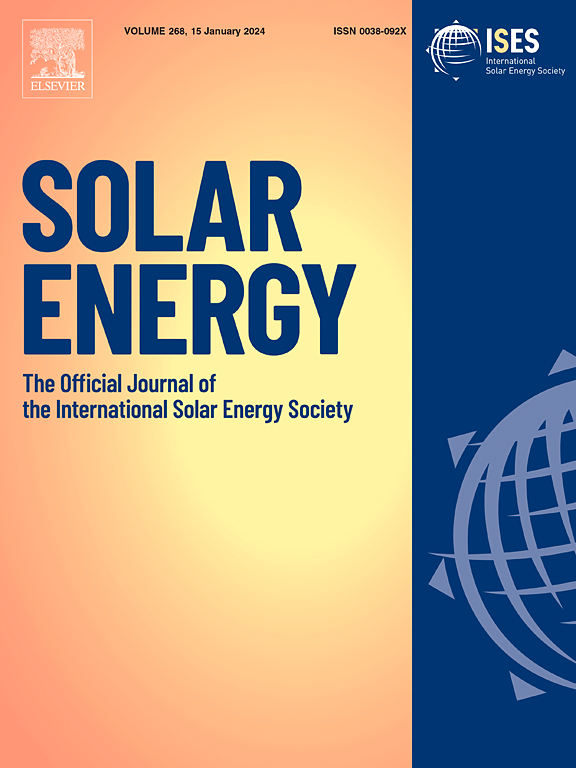Semantic segmentation method of photovoltaic cell microcracks based on EL polarization imaging
IF 6
2区 工程技术
Q2 ENERGY & FUELS
引用次数: 0
Abstract
Common defects arising from the production and use of cracked photovoltaic (PV) cells significantly impact both the power generation efficiency and service life of these cells. However, due to the complex environmental conditions at engineering sites and the small scale of microcracks, these defects are often confused with scratches or impurities on the surface of PV cells, leading to low detection efficiency and insufficient accuracy. This makes timely maintenance difficult. To address this issue, this thesis proposes a semantic segmentation method for PV cells based on polarization imaging, derived from the underlying mechanism of PV cell crack formation. In this approach, polarization imaging technology is utilized to capture three single-channel images of PV cells: polarization intensity (I), degree of polarization (DOP), and polarization quadrature (Q). These images are then stacked into different channels to create a comprehensive dataset. The dataset is annotated for training purposes, followed by an analysis of the texture features associated with microcrack defects. Additionally, the traditional U-Net architecture is enhanced to better exploit the unique features of the polarized three-channel images. Experimental results demonstrate that the proposed method outperforms existing semantic segmentation networks, showing excellent performance in microcrack defect segmentation in PV cells.

求助全文
约1分钟内获得全文
求助全文
来源期刊

Solar Energy
工程技术-能源与燃料
CiteScore
13.90
自引率
9.00%
发文量
0
审稿时长
47 days
期刊介绍:
Solar Energy welcomes manuscripts presenting information not previously published in journals on any aspect of solar energy research, development, application, measurement or policy. The term "solar energy" in this context includes the indirect uses such as wind energy and biomass
 求助内容:
求助内容: 应助结果提醒方式:
应助结果提醒方式:


